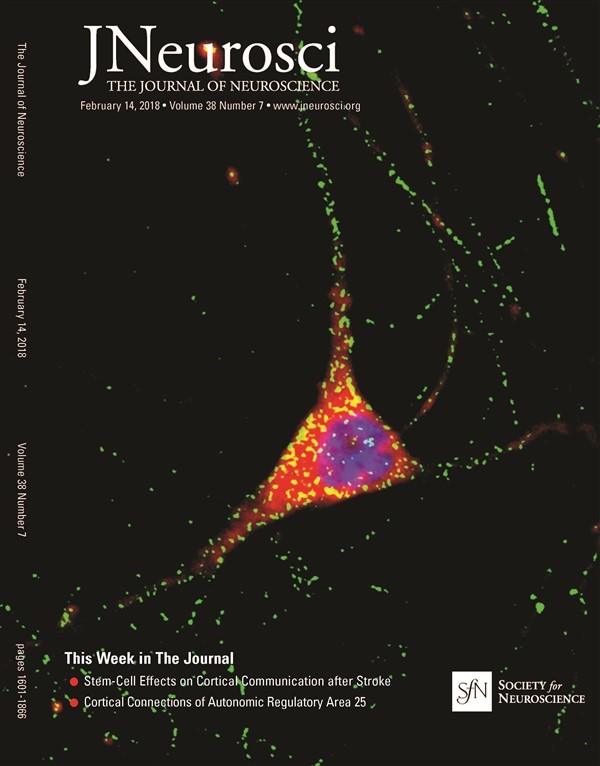Parkinson's disease, which affects millions of people worldwide, is characterized by a loss of dopamine-secreting brain cells (dopaminergic neurons) that causes devastating motor symptoms. Currently, there is no cure for Parkinson's disease, with treatment directed at improving symptoms.
A major step forward in Parkinson's disease research in recent years was the discovery that human stem cells can basically be differentiated into dopaminergic neurons usable for modeling of Parkinson's disease, drug screening, and cell replacement therapy. However, currently the yield of stem cell-derived dopaminergic neurons is still low. This is mostly attributed to the poor understanding of the exact molecular mechanisms directing the embryonic development of dopaminergic neurons, which is the basis for the differentiation of stem cells to dopaminergic neurons.
BGU researchers discovered that proteins called BMP5/7 are absolutely required for the embryonic development of dopaminergic neurons. Moreover, they identified that the intracellular signaling protein SMAD1 plays a critical role in this process. Interestingly, SMAD1 is required for the development of particular substantia nigra neurons, which predominantly degenerate in Parkinson's disease, shedding light on the vulnerability of this subset of dopaminergic neurons.
The study was published this month in The Journal of Neuroscience, one of the top neuroscience journals, where it was chosen as the cover story.
“Notably, we demonstrated that BMP5/7 robustly increase the differentiation of human-induced pluripotent and induced neural stem cells to dopaminergic neurons. Taken together, our results provide critical information in order to more efficiently program stem cells to dopaminergic neurons, thus critically increasing graft outcome and reducing side effects after transplantation in cell replacement therapies currently developed for Parkinson's disease," says lead author Dr. Claude Brodski, M.D. of the Department of Physiology and Cell Biology, Faculty of Health Sciences and the Zlotowski Center for Neuroscience. Brodski collaborated with researchers from Austria, Germany and New York.
The study was funded by the Israel Science Foundation and the United States - Israel Binational Science Foundation.
“BMP/SMAD Pathway Promotes Neurogenesis of Midbrain Dopaminergic Neurons In Vivo and in Human Induced Pluripotent and Neural Stem Cells"
Vukasin M. Jovanovic, Ahmad Salti, Hadas Tilleman, Ksenija Zega, Marin M. Jukic, Hongyan Zou, Roland H. Friedel, Nilima Prakash, Sandra Blaess, Frank Edenhofer and Claude Brodski
